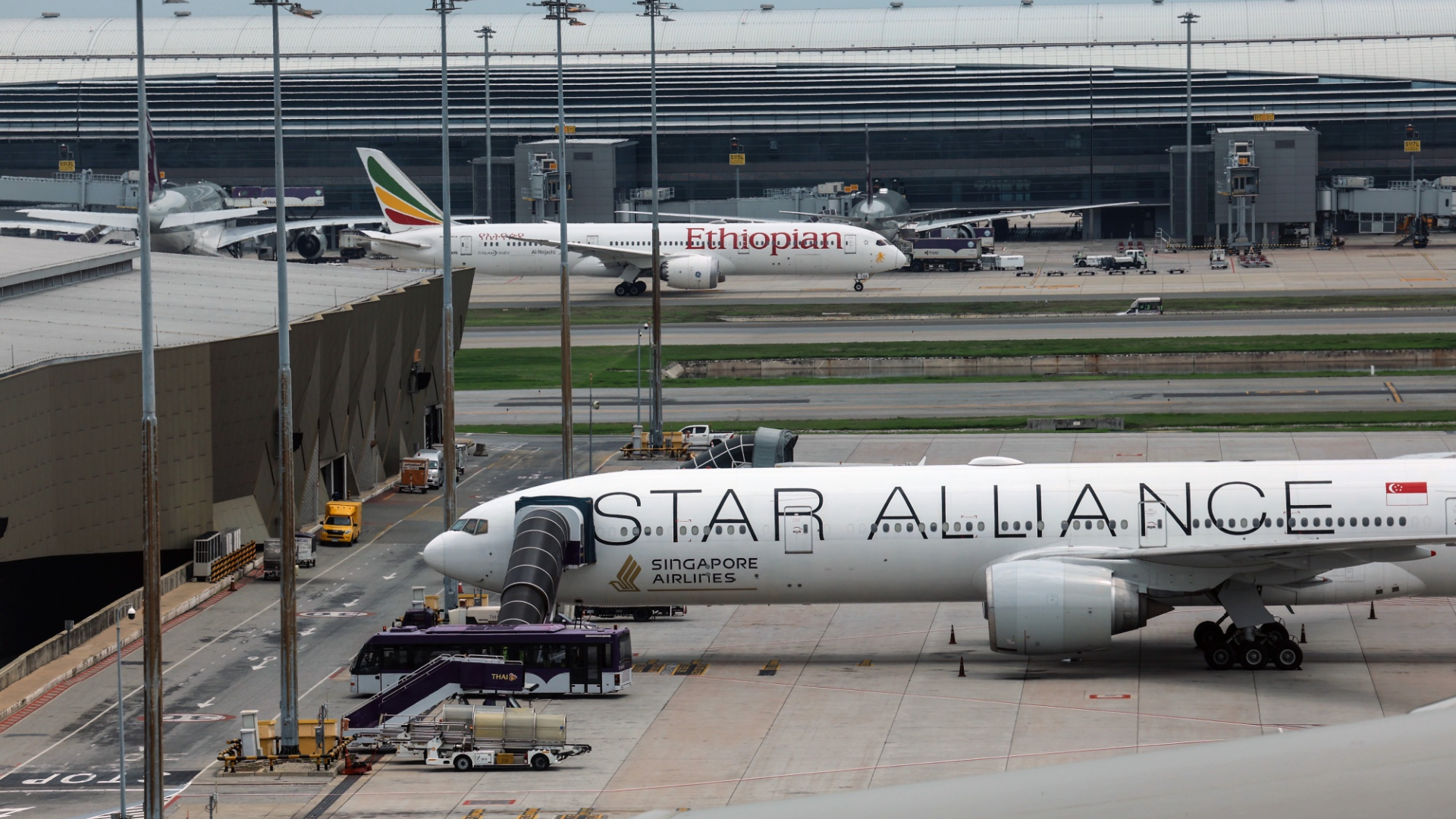
Last week, Singapore Airlines Flight SQ321, traveling from London to Singapore, faced a harrowing experience as it encountered severe turbulence while cruising over Myanmar at 37,000 feet. The incident resulted in one fatality and numerous injuries among the 211 passengers and 18 crew members on board. Here are the details of the incident according to preliminary findings released by Singapore’s Transport Safety Investigation Bureau (TSIB).
The turbulence struck unexpectedly on May 21, causing a rapid change in gravitational force (G-force) within the aircraft. This sudden change in altitude led to passengers who were not securely belted becoming airborne. Flight SQ321 was forced to make an emergency landing in Bangkok, Thailand, as a result of the turbulence.
According to the TSIB findings, the turbulence occurred during what was initially a normal flight path. The investigation revealed that the aircraft experienced fluctuations in G-force, ranging from +0.44G to +1.57G over a span of 19 seconds, causing initial vibrations. An uncommanded altitude increase to 37,362 feet was likely due to an updraft, prompting the autopilot to correct the aircraft’s pitch downward.
In response to the turbulence, the pilots manually controlled the aircraft for 21 seconds to stabilize it before re-engaging the autopilot. The aircraft returned to its cruising altitude of 37,000 feet, and the pilots decided to divert the plane to Suvarnabhumi Airport in Bangkok after assessing the injuries and severity of the situation. They coordinated with air traffic control to ensure medical services were ready upon landing.
The TSIB, in collaboration with the National Transportation Safety Board (NTSB), the Federal Aviation Administration (FAA), and Boeing, continues to investigate the incident. Data from the flight data recorder (FDR) and cockpit voice recorder (CVR) are being analyzed to compile a detailed chronology of events.
The violent turbulence resulted in several injuries among passengers and crew members, with unsecured individuals being thrown against the cabin structure. Tragically, one passenger suffered a suspected heart attack and could not be revived.
“We are committed to supporting our passengers and crew members who were on board SQ321 on that day, as well as their families and loved ones,” Singapore Airlines said in a statement on Wednesday.















